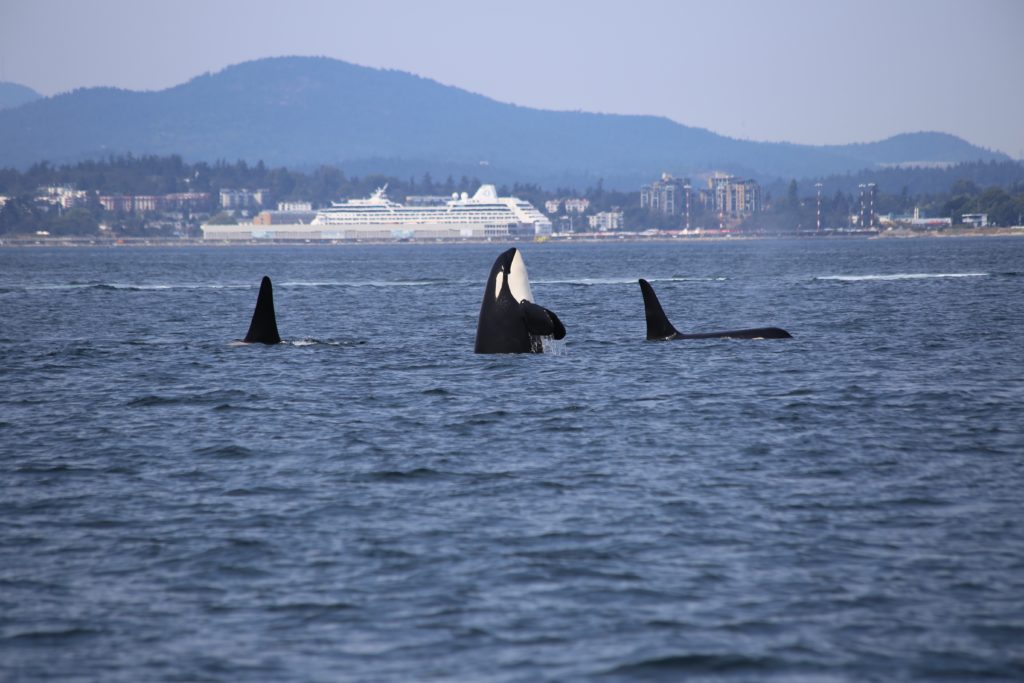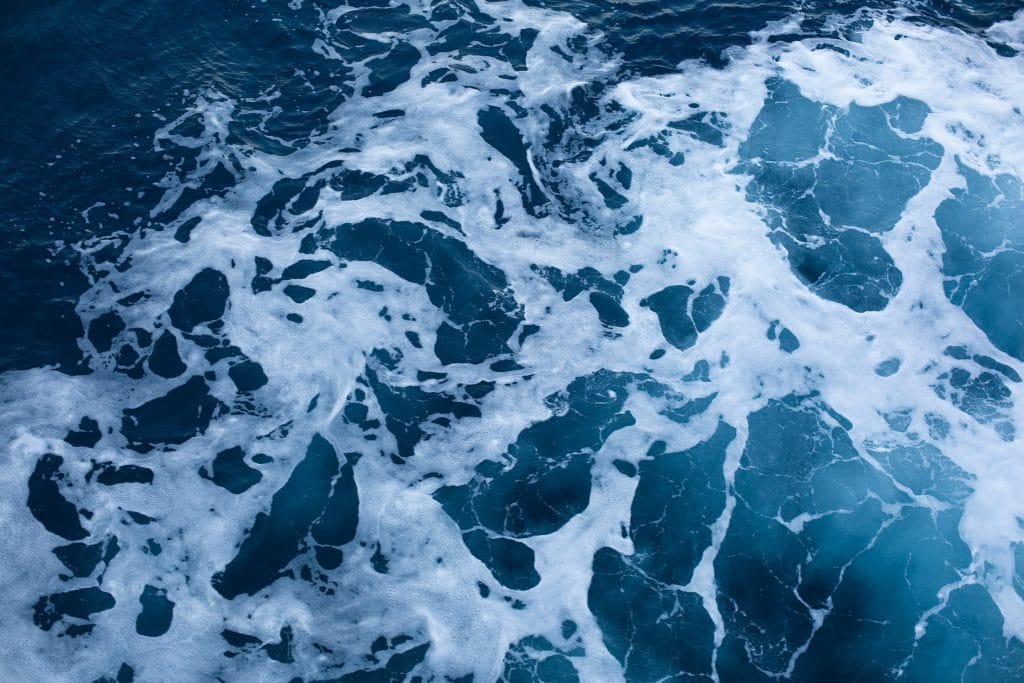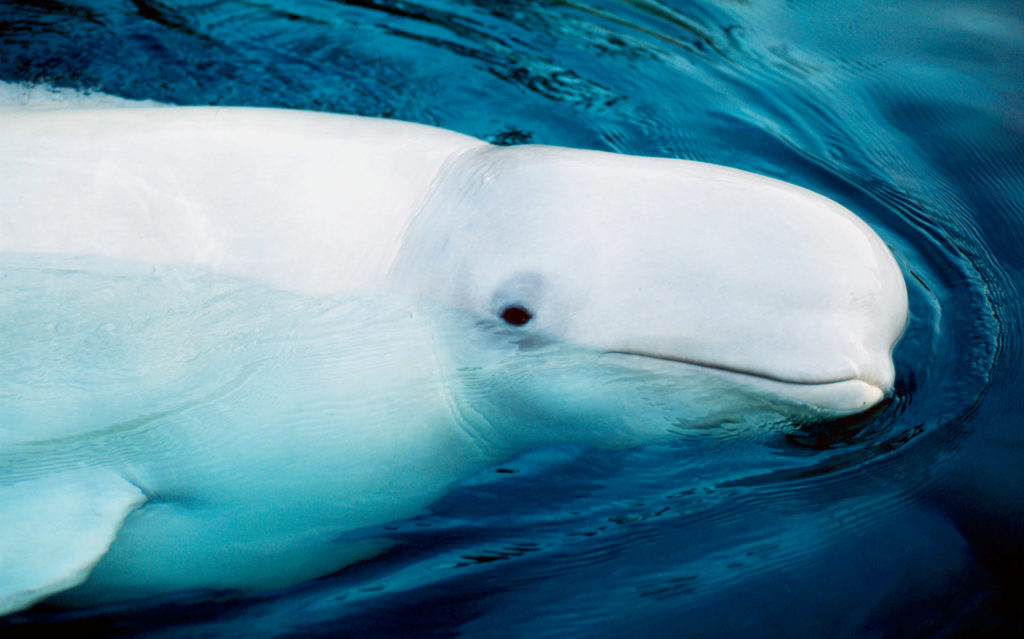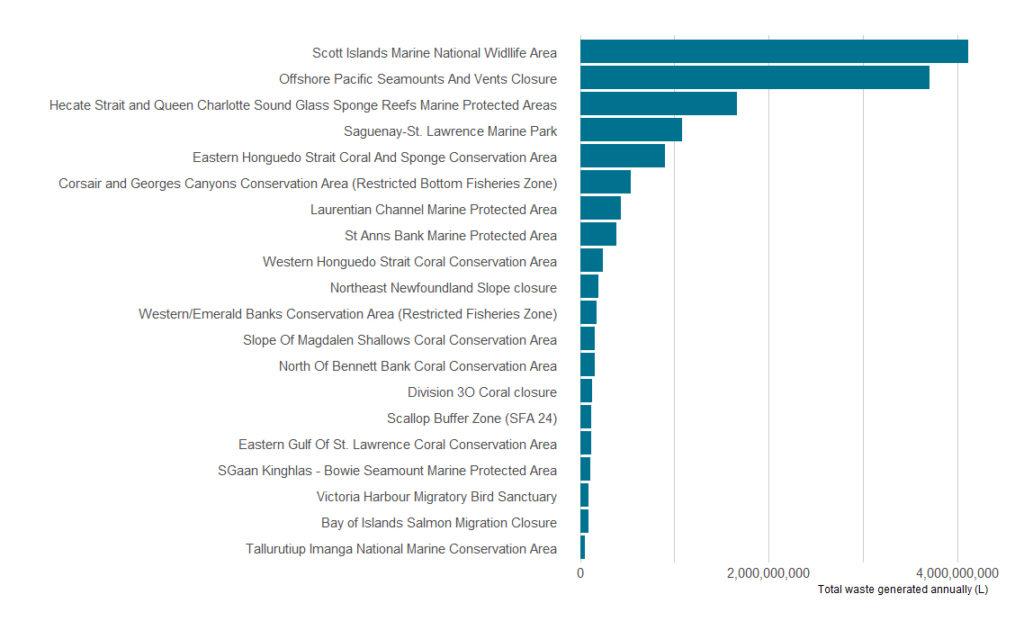Billions of litres of ship waste are dumped in protected ocean areas each year
You can help stop dumping in marine protected areas (MPAs). Add your voice now.
It’s no surprise that the dumping of ship waste is a threat to marine species, but we didn’t know just how big. Until now.

WWF-Canada’s National Vessel Dumping Assessment reveals for the first time how much waste ships are producing — and potentially leaving behind — as they traverse Canadian waters.
We found ships are generating 147 billion litres of greywater, scrubber washwater, sewage and bilge water in Canadian waters annually. That’s about the same volume as 59,000 Olympic-sized swimming pools!
This waste — which is created by exhaust gas cleaning systems, showers, toilets, kitchens and other “routine operations” — is harmful, even toxic, to wildlife.
The alarming results of our study raises important questions about how the government will ensure these dangerous discharges don’t make their way into protected areas intended to safeguard sensitive marine ecosystems and species at risk of extinction.

How much is being dumped in protected areas?
Roughly 10 per cent of ship waste is generated in protected areas that provide refuge to whales, seabirds, fish, corals, crustaceans and other wildlife.
Broken down by waste stream, this amounts to 14.5 billion litres of scrubber washwater, 233 million litres of greywater, 34.6 million litres of sewage and 5.2 million litres of bilge water.
Although only one in eight ships in our analysis are outfitted with scrubbers, scrubber washwater is by far the biggest offender. Most ships with scrubbers use open-loop systems, which continuously suck in seawater and discharge it in a hot, acidic and highly contaminated state containing heavy metals and carcinogens. We can confidently say almost all of this toxic washwater is dumped where it’s created, including in protected areas. Scrubber washwater also worsens ocean acidification and reduces the ocean’s ability to absorb carbon.
While greywater, sewage and bilge water can be held for safer disposal at port facilities at a cost, there’s no way to confirm how much is actually held and how much is dumped in protected areas.

What protected areas are most impacted by dumping?
In 2019, 5,546 ships — cargo ships, tankers, tug boats, fishing vessels, ferries, yachts and cruise ships — travelled 32,269,843 kilometres through protected ocean waters.
Protected areas near Canada’s major ports, and along merchant and passenger vessel routes, are most impacted by dumping.
This includes the Scott Islands marine National Wildlife Area in B.C., created in 2018 to safeguard millions of seabirds that come to feed and breed on cliffs and large rookeries of steller sea lions; the Saguenay-St. Lawrence Marine Park, home to an endangered population of beluga whales; and St. Anns Bank, east of Cape Breton Island, which provides refuge to endangered leatherback turtles and Atlantic wolffish.
The below chart shows the 20 most impacted MPAs ranked by total waste produced annually.
 Protected in name only?
Protected in name only?
Canada has protected 13.8 per cent of its marine and coastal areas, with a commitment to reach 30 per cent by 2030. Yet, at-risk species are still being endangered by harmful ship waste in protected waters.
In 2019, Canada committed to implementing minimum standards for federal MPAs aimed at prohibiting mining, oil and gas development, bottom trawling, and dumping. Nearly three years later, these standards have yet to be defined — and will only apply to new MPAs. Even a clearly defined “no dumping” ban won’t apply to pre-existing federal MPAs, provincial and territorial MPAs or other protected ocean areas.
The magnitude of waste dumped in MPAs revealed by our National Vessel Dumping Assessment makes clear why a comprehensive definition of “dumping” that prohibits ships from discharging all operational wastes in MPAs is so urgently needed. Our report also recommends that these minimum standards be applied to all areas counting towards Canada’s marine conservation targets.
Canada’s conservation efforts should not just be measured by the size of the places we protect but the strength of their protections.
Canada shouldn’t call an area “protected” if dumping is allowed. Send a strong message to government that “no dumping” must mean no to all dumping.
You can read the National Vessel Dumping Assessment summary report and full technical report to learn more about the findings and how you can help stop dumping in Canada’s protected oceans.

